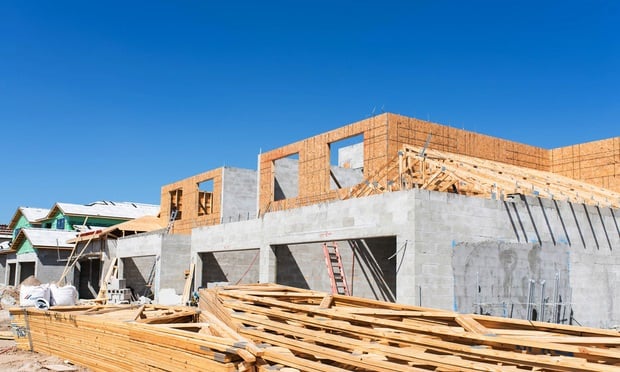SEATTLE-Roughly 1,000 attendees gathered here this morning for the keynote session of the BOMA Every Building Conference, and an in-depth look at the sea change taking place in the US office. President and COO Henry Chamberlain laid the groundwork for the panel discussion by pointing out that while the national vacancy rate is still “stubbornly high,” it is down a bit, and office leasing activity is up. He noted that there was an early-part-of-the-year dip in corporate productivity, and he urged companies to start hiring again as the sure for that disease.
His remarks lead to the panel discussion, which I moderated, focusing on the shifts taking place in the office environment in the face of economic, technological and social forces. A younger generation is shaping the look and location of commercial space, and Andy Friedman of Shorenstein explained that while once focused on CBDs, his firm is looking out more to “up-and-coming markets that are trendier and a likelier draw for younger workers.
His firm recently closed the Twitter HQ deal, which involved such amenities as 24 hour food service for both the cultural and work needs of its round-the-clock employee base.
AT&T’s Ron Cook noted that office space is increasingly shaping around “neighborhoods” that tie like disciplines and allow for group conferencing and supporting the generation of ideas: “Corporate real estate has to support innovation,” within the ranks of its workers.
A recent study conducted by Gordon Feller’s Firm, Cisco, revealed that some 96% of Cisco workers prefer to work from home. For decision makers who would balk at such ideas, or any of the other new office concepts, he stated that they do so at their own risk. If they don’t get it, they’re hearing increasingly from “some stockholders and customers in addition to the workers who do get it.
Despite that trend, Karen Thomas of Gensler said that these shifts will only make the office more important as technology advances. “The office still matters,” she said, “in fact, it matters more than ever. But it needs to reflect a balance and provide moments of interaction, collegiality and serendipity."
But it’s more than warm and fuzzy. “Decision makers know that these kinds of environments can be a critical competitive advantage."
© Touchpoint Markets, All Rights Reserved. Request academic re-use from www.copyright.com. All other uses, submit a request to [email protected]. For more inforrmation visit Asset & Logo Licensing.







